15 Animals That Live in the Most Brutal Climates
Getting caught in the rain or sweating through a heatwave is nothing compared to what some animals deal with every day. These wild survivors are built for the harshest places on Earth, and they regularly push through conditions that would shut most living things down in minutes.
Let’s check out some animals that call the harshest climates home.
Emperor Penguin
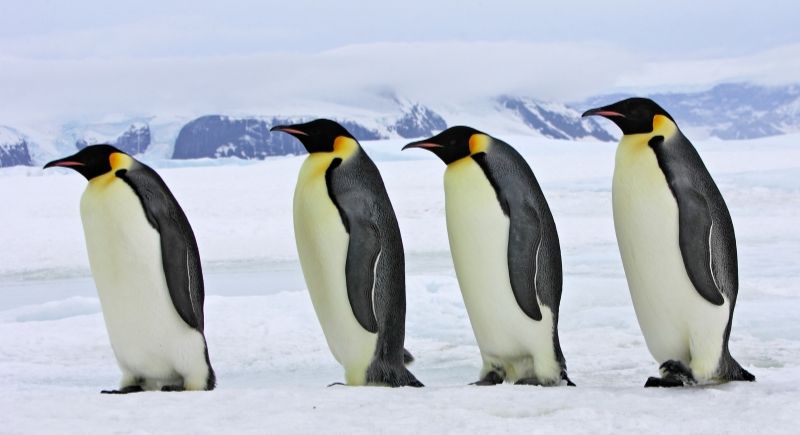
Credit: Getty Images
Nothing about life on Antarctic ice is forgiving, yet the emperor penguin thrives there. These birds endure temperatures as low as −50°C (−58°F) and hurricane-force winds by using tightly packed huddles to conserve warmth. Males fast for more than two months while incubating eggs, balancing them on their feet for warmth.
Wood Frog

Credit: Getty Images
Freezing isn’t fatal for the wood frog—it’s essential. This amphibian survives harsh North American winters by allowing most of its body to freeze solid. High glucose concentrations protect its cells from ice damage and keep organs intact while it spends weeks in a suspended, heartbeat-free state until spring arrives.
Pompeii Worm
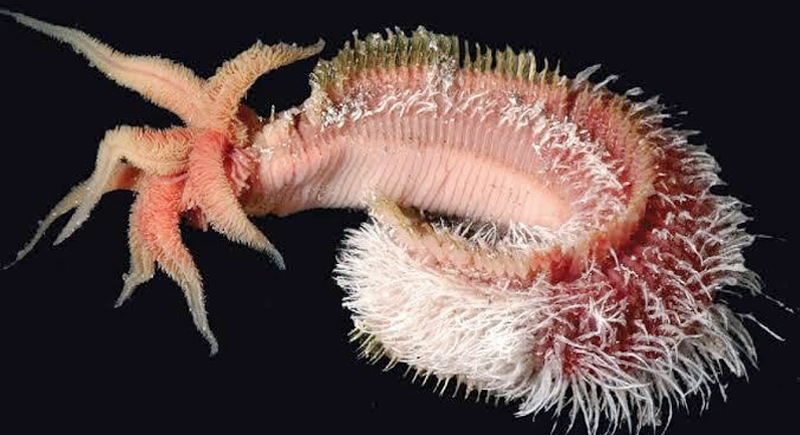
Credit: Reddit
A few inches from scalding hydrothermal vents, the Pompeii worm manages to stay alive in water that reaches 80°C (176°F). Bacteria coat their back and feed on the mucus they secrete in return for a thermal shield against extreme heat. This unique partnership makes the worm one of Earth’s most heat-tolerant animals.
Yellow-Rumped Leaf-Eared Mouse
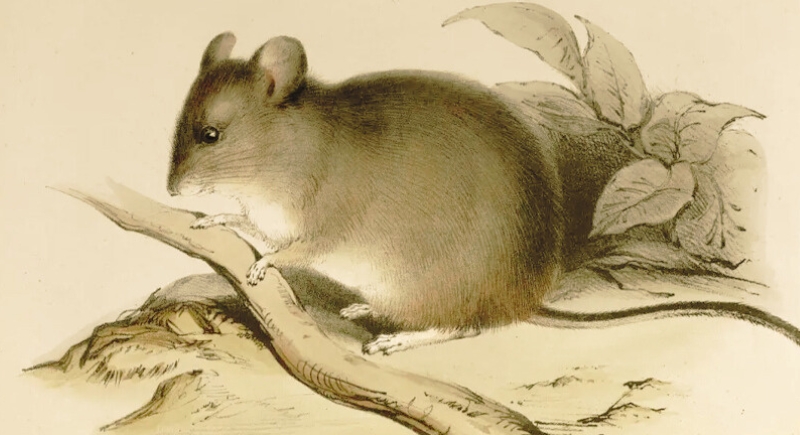
Credit: Wikimedia Commons
High atop South America’s Llullaillaco volcano, this mouse has been recorded at altitudes above 6,700 meters (22,000 feet). With little oxygen and no vegetation in sight, its survival defies expectations. It’s the highest-dwelling mammal on record and also lives at sea level—an extraordinary range for such a small creature.
Dromedary Camel
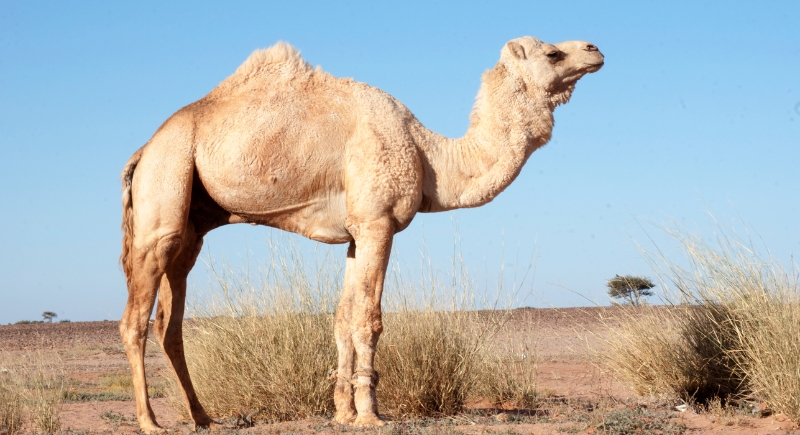
Credit: Getty Images
Survival in the desert is a test of endurance, and the dromedary camel passes with ease. Its single hump stores fat, which is metabolized for hydration when resources run low. It can withstand losing a third of its body water and regulate its internal temperature to reduce sweating.
Tardigrade
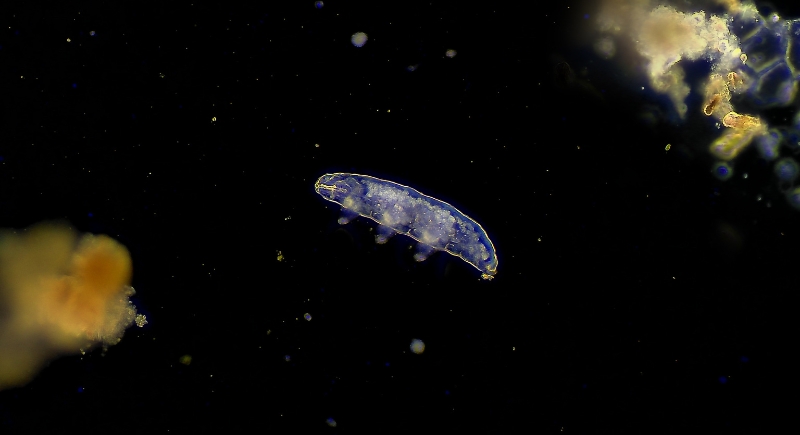
Credit: Getty Images
Extremes don’t faze the tardigrade. Whether in boiling heat, freezing cold, outer space, or high radiation zones, it survives by entering a dried-out, dormant state called cryptobiosis. In this form, it halts all biological activity, effectively pausing life until conditions improve, and then picks up right where it left off.
Tube Worm
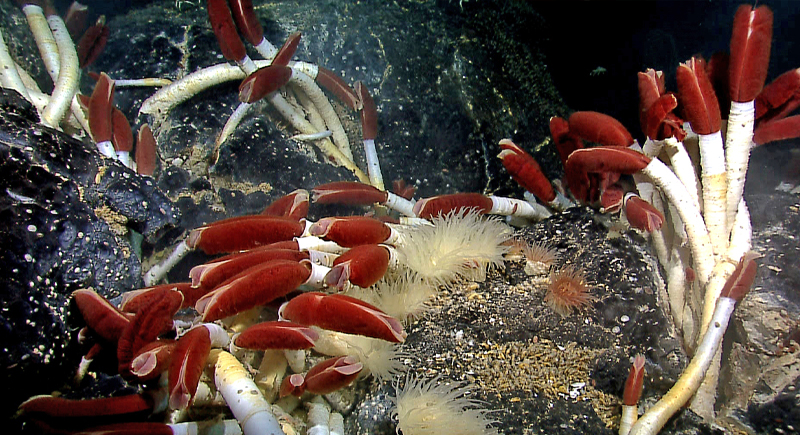
Credit: Wikimedia Commons
Living thousands of meters below the ocean’s surface, the tube worm has adapted to survive without sunlight. Instead, it depends on internal bacteria that convert chemicals from hydrothermal vents into food through chemosynthesis. They also endure crushing pressure in one of Earth’s harshest habitats.
Antarctic Krill

Credit: Wikimedia Commons
Though tiny, Antarctic krill are giants in ecological importance. They float in massive swarms under sea ice and serve as a primary food source for whales, seals, and seabirds. Antifreeze proteins in their bodies prevent ice from forming in their blood and allow them to survive sub-zero Southern Ocean waters.
Snow Leopard

Credit: Getty Images
The snow leopard, camouflaged in grey-white fur and built for stealth, lives in high-altitude regions where temperatures plunge and terrain turns treacherous. Its thick paws act like snowshoes, and a long tail doubles as a scarf. These elusive cats can leap six times their body length across icy cliffs.
Arctic Fox
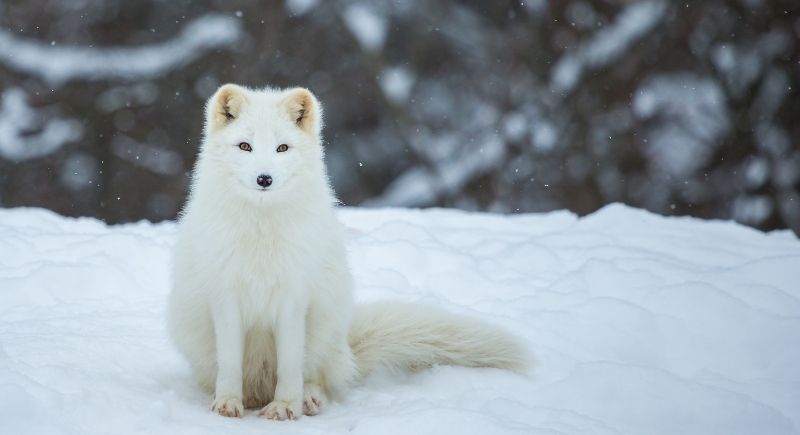
Credit: Getty Images
The Arctic fox has a coat that thickens in winter and changes color with the seasons. Its short snout and rounded ears help minimize heat loss, and it can detect prey under deep snow. Even when temperatures dip below −50°C (−58°F), it stays active and alert.
Yeti Crab

Credit: Wikimedia Commons
This deep-sea crab lives near hydrothermal vents, where few animals can survive. Its “hairy” claws are covered in bacteria, which may help detoxify its environment—or even provide a food source.
Fennec Fox

Credit: Getty Images
The small yet incredibly adapted fennec fox is made for desert life. Its enormous ears help release heat, while thick fur insulates against cold desert nights. It rarely drinks water, instead relying on food for hydration. Fur-covered footpads protect it from burning sand as it hunts and hides.
Musk Ox
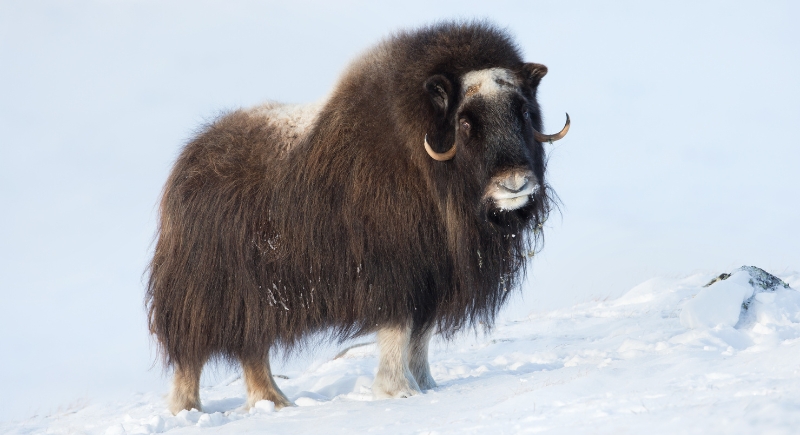
Credit: Getty Images
When Arctic winds howl and temperatures plunge, musk oxen don’t flinch. Their underwool, known as qiviut, is warmer than cashmere and lighter than wool. Large herds protect calves and stand their ground against predators. This Ice Age relic still roams the tundra as though time never moved forward.
Naked Mole Rat
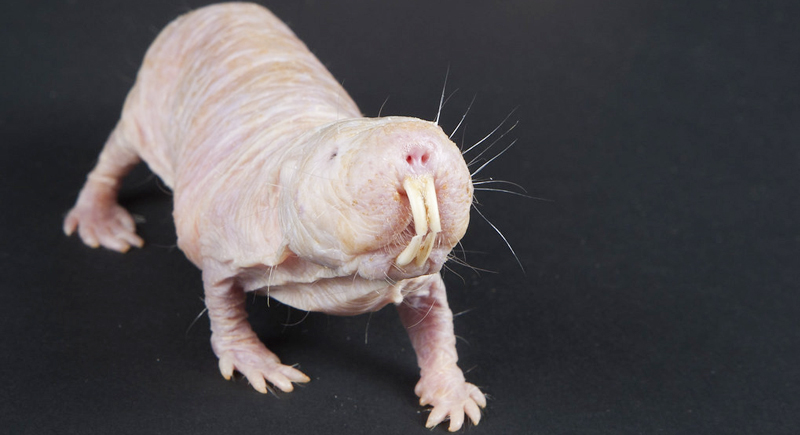
Credit: flickr
Underground tunnels in East Africa are home to colonies of naked mole rats, mammals with social structures more like bees than rodents. A single queen does all the breeding while workers maintain the burrow. Their low oxygen needs and nearly pain-free nervous systems help them thrive where most mammals couldn’t last a day.
Alpine Ibex
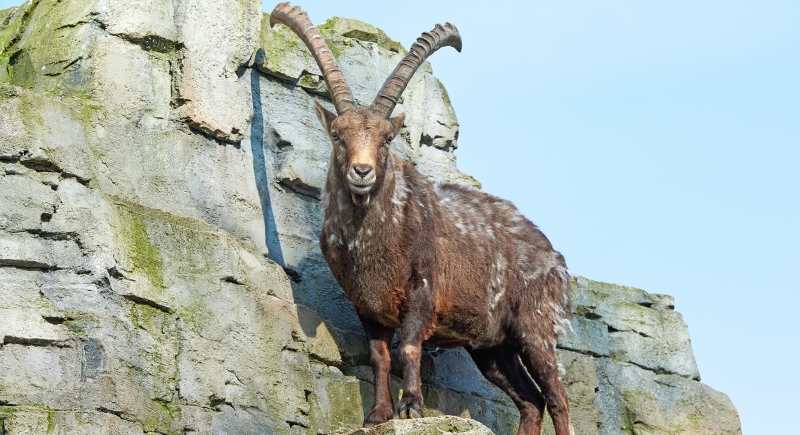
Credit: Getty Images
Sheer mountain cliffs are no match for the Alpine ibex. These wild goats climb near-vertical rock faces using specially textured hooves with rubbery pads for grip. They survive on sparse alpine vegetation and endure freezing temperatures high above the tree line, where only the sure-footed survive.